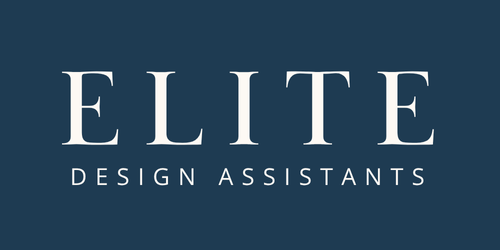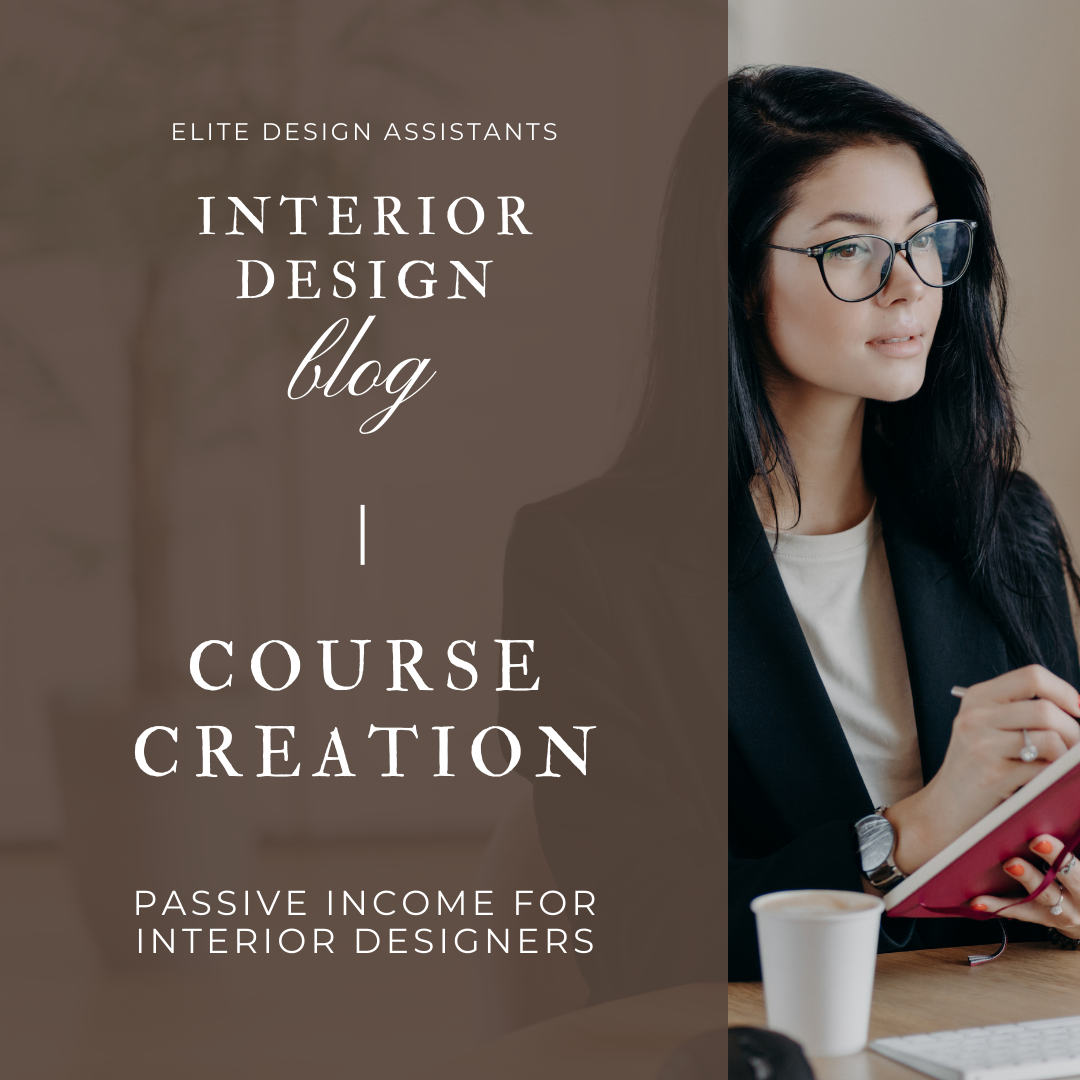How to Attract the Right Design Projects (and Say No to the Wrong Ones)
/As an interior designer, you love what you do. But let's be honest, sometimes it's tempting to say "yes" to every project that comes your way, even ones that don’t thrill you. It's easy to think that taking on every job will bring more money, more exposure, and more success. But the truth is that turning down projects is an essential part of running a successful design business. So let’s explore some key considerations for filtering inquiries and rejecting poor matches gracefully.
Identify Your Niche and Goals
Choosing the right project starts with identifying your specialty and interests. Think about your ideal client and the type of design work that excites you the most. For instance, if you're a minimalist designer, it might not be a good fit to take on a project for someone who wants a cluttered and eclectic space. Focusing on your strengths and passions will not only make the project more enjoyable for you, but it will also result in a better outcome for the client and boost your portfolio in the desired direction.
Keep Your Online Presence in Line
Your website and online content are crucial assets in representing your business and its image. Having a consistent brand identity helps to weed out clients who won't resonate with your style or vision. On the other hand, a well-crafted brand image will be more memorable and attract the right clients who share your design philosophy and aesthetic, leading to better projects for you. In addition, if your website provides clear information about your services and pricing, it’s more likely that you’ll hear from people who are already keen on what you have to offer.
Screen Inquiries with Your Questionnaire
Investing time and effort into creating an intentional online inquiry form can save you a lot of future work. Not only does it help filter out inquiries that may not be a solid match, but it’s also a way for potential clients to get to know your business. By asking specific questions about aspects including style, budget, scope, and timeline, your online form can effectively attract clients who are aligned with you. Using limited multiple-choice options, especially with a budget, offers insight into your price range and can also prevent mismatches from contacting you in the first place. Even if an unsuitable client still reaches out, your online form can still help you quickly determine whether or not they're a good fit.
Go With Your Gut
One of the most important things to take into account when choosing a design project is your gut instinct. If something feels off or if you have any doubts about the project or the client, you shouldn’t underestimate your intuition. Your gut instinct is often your subconscious picking up on something that your conscious mind may not have noticed. Trusting your gut can save you a lot of time, energy, and possibly negative experiences.
Turn Down Projects with Grace
It's inevitable that there will still be some projects that won't move forward as hoped. When you come to that realization, send the interested parties a gracious email that thanks them for their interest and recommends other designers who could be a better match for their project. You could say something like: "Thank you for reaching out to us. We appreciate your interest in our work! After carefully reviewing your inquiry, we believe that other designers could be a better match for your needs in terms of [budget/style/timeline]." This approach shows your professionalism and consideration, and it’s a win-win-win situation if you have a referral agreement with designers whose specialties or capacities are outside of yours.
It's natural to feel hesitant about turning down a potential project, especially when business is slow. However, it's essential to recognize the value of saying "no" to the wrong match. Doing so doesn’t mean waiting around for the perfect project to come along, but rather keeps you free to fine-tune your marketing strategies so that a better match can find you. In the end, it's about building a fulfilling career in interior design, and that starts with making the right choices about the projects you take on.
xx, Danae












